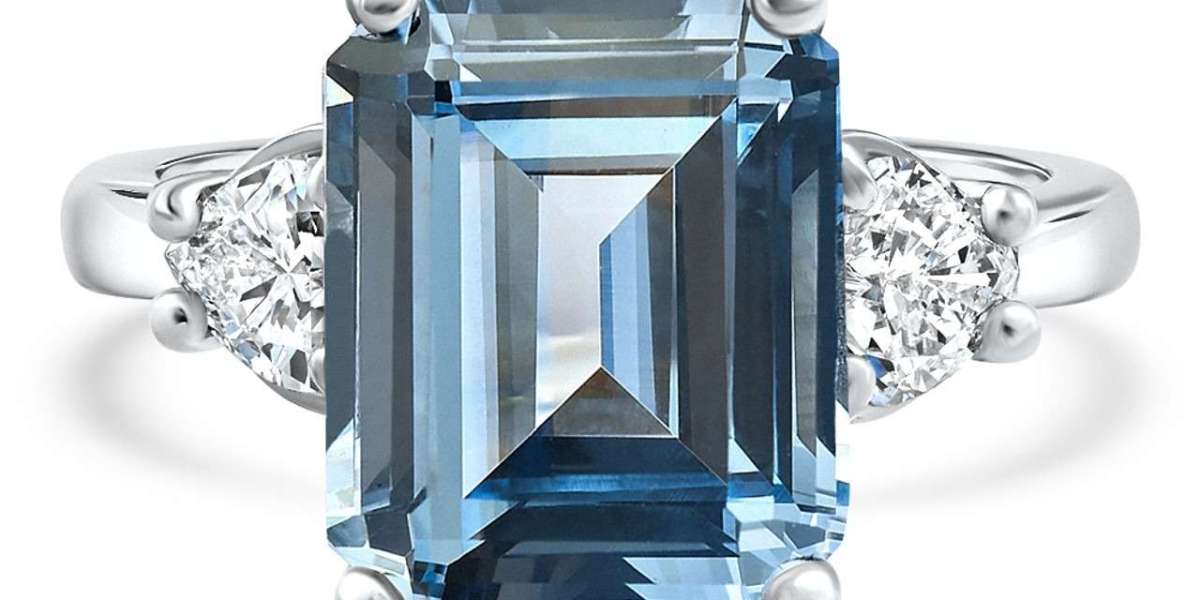Aquamarine, with its captivating hues reminiscent of the sea, has been prized for centuries. Its name, derived from the Latin "aqua marina" meaning "seawater," perfectly captures its tranquil blue-green shades. But this beauty comes at a price. So, is aquamarine expensive gemstone? The answer, like the ocean itself, is complex and depends on several factors.
Understanding Aquamarine's Value
Several elements contribute to the cost of aquamarine. These include color, clarity, carat weight, cut, and origin. Let's delve into each of these to understand how they influence the price you might pay.
Color: The Key to Aquamarine's Cost
The most significant factor affecting aquamarine's price is its color. The most desirable and, therefore, most expensive aquamarines are a deep, saturated blue, sometimes described as "Santa Maria" blue, after the famous mines in Brazil. Lighter shades, while still beautiful, command lower prices. Greenish undertones are also less desirable and can decrease the value of the stone. The more pure and intense the blue, the higher the price tag.
Clarity: A Measure of Perfection
Aquamarine is known for its relatively high clarity. Most gem-quality aquamarines are eye-clean, meaning they are free from visible inclusions (internal flaws) when viewed with the naked eye. Stones with fewer inclusions are generally more valuable. However, completely flawless aquamarines are rare and command premium prices.
Carat Weight: Size Matters, But Not Always
Like most gemstones, larger aquamarines tend to be more expensive than smaller ones. However, carat weight isn't the only determining factor. A smaller, intensely colored aquamarine can be worth more than a larger stone with a paler hue. Therefore, it's essential to consider color and clarity alongside carat weight when assessing value.
Cut: Enhancing the Gem's Beauty
The cut of an aquamarine significantly impacts its brilliance and sparkle. A well-cut stone maximizes light reflection and showcases the gem's color effectively. Skilled lapidaries (gem cutters) can shape aquamarines into various cuts, including traditional faceted cuts like round, oval, and emerald cuts, as well as more unique fancy cuts. A well-executed cut adds to the overall value of the gem.
Origin: A Factor in Some Cases
While the origin of an aquamarine can sometimes influence its price, it's not as crucial as it is for some other gemstones, like rubies or sapphires. Historically, certain locations, like Brazil, have been known for producing high-quality aquamarines. However, today, fine aquamarines are found in various locations around the world, including Madagascar, Mozambique, and the United States. While a specific origin might add a slight premium for some collectors, color, clarity, and cut are generally more important factors in determining price.
So, Is Aquamarine Expensive?
The answer, as you can see, is nuanced. High-quality aquamarines with deep blue color, excellent clarity, and a well-executed cut can be quite expensive, rivaling the prices of some other precious gemstones. However, more readily available aquamarines with lighter colors or minor inclusions are much more affordable. You can find beautiful aquamarine jewelry and loose stones at various price points, making it accessible to a wider range of budgets.
Conclusion
Aquamarine's allure lies in its captivating beauty and its connection to the tranquil sea. While top-quality specimens can be expensive, the gemstone's availability in various grades means that there are options for many budgets. When considering purchasing aquamarine, it's essential to weigh the factors of color, clarity, carat weight, cut, and perhaps origin to find the perfect stone that balances beauty and affordability. Whether you're seeking a valuable investment or simply a stunning piece of jewelry, understanding the nuances of aquamarine pricing will help you make an informed and satisfying purchase.
Visit the official website of pompeii3.com



